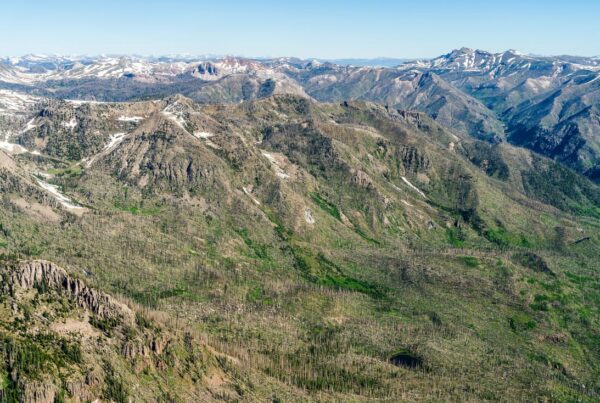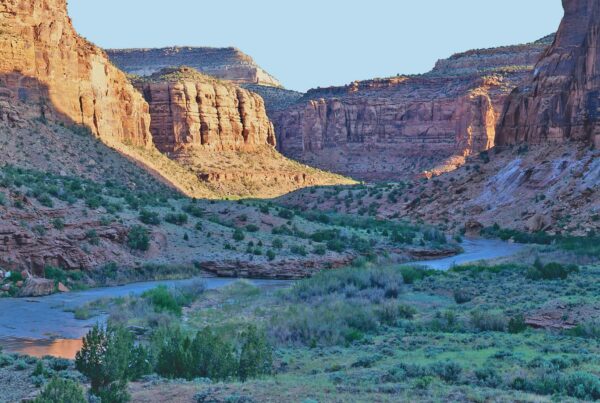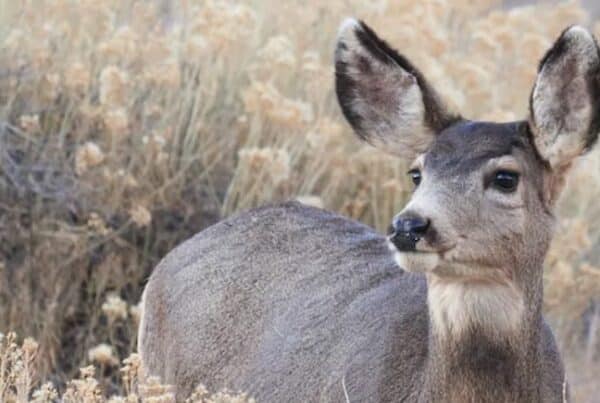Who cares about lynx?
I ask this question for two reasons.
One: The U.S. Fish and Wildlife Service, by law, is supposed to care about lynx, but doesn’t.
Two: Members of the San Juan Citizens Alliance care about lynx, and that puts us at odds with Fish and Wildlife on this particular issue.
A bit of background.
In 2000, the U.S. government ruled the Canada lynx was a threatened species. This ruling mandated that Fish and Wildlife create a recovery plan for this elusive, iconic feline.
So far, so good. With one exception. The year, I just referenced was the year I graduated from college. Now, I’m no geezer, but that’s still 14 years ago. And guess what’s missing from our story? A Fish and Wildlife recovery plan for the Canada lynx.
Baffled by the absolute and reckless indifference Fish and Wildlife has exhibited toward its mandated role in lynx protection – SJCA partnered with multiple organizations to prompt the agency to act.
Said in more prosaic terms: We sued them.
Just a few weeks back a federal judge in Montana ruled in our favor, criticizing the long delay and demanding a firm time line for action.
The agency’s response? How about 2018? That’s a nice round number. Yeah, we’ll get you a plan by 2018.
I’m trying hard not to tar and feather an entire agency here. Believe me when I say that many Fish and Wildlife employees doubtlessly care about lynx. But the good intentions of some are a sorry substitute for a recovery plan.
Unless the agency’s intention is to affirm its indifference to lynx, 2018 is an unacceptable date.
What could possibly serve as justification for the agency needing 18 years – more time than is needed for a newborn to gain the skills necessary to join the U.S. Army – to create a recovery plan?
In Fish and Wildlife’s words, it has been real busy. You know – a long honey-do list. Just don’t have the resources.
Some quick questions for those in Fish and Wildlife who crafted this obscene response. How many acres of logging have been authorized in the last 14 years that potentially destroy lynx habitat? How many new parcels of public land have been opened to gas and oil drilling that will conflict with future recovery plans? How many meetings has the Forest Service had with developers interested in complex land swaps to facilitate redundant condo – I mean ski area – developments in critical lynx habitat?
You see, it’s not that Fish and Wildlife has been too busy. It’s just that protecting lynx habitat is apparently less important to our federal agencies than allowing the rich to get richer by pillaging our public lands.
Here’s a novel idea: How about the federal government puts a moratorium on all gas and oil leases until it finalizes a recovery plan for lynx.
Oooooo, I kind of like that. Bet that would speed things along quite nicely.
It won’t happen, of course, but what a novel thought – that just maybe some of the resources that always seem available to cut, drill and otherwise destroy our public lands could be made available to protecting a species as important and iconic as the lynx.
This content first published in The Durango Herald’s Thinking Green Column here.




